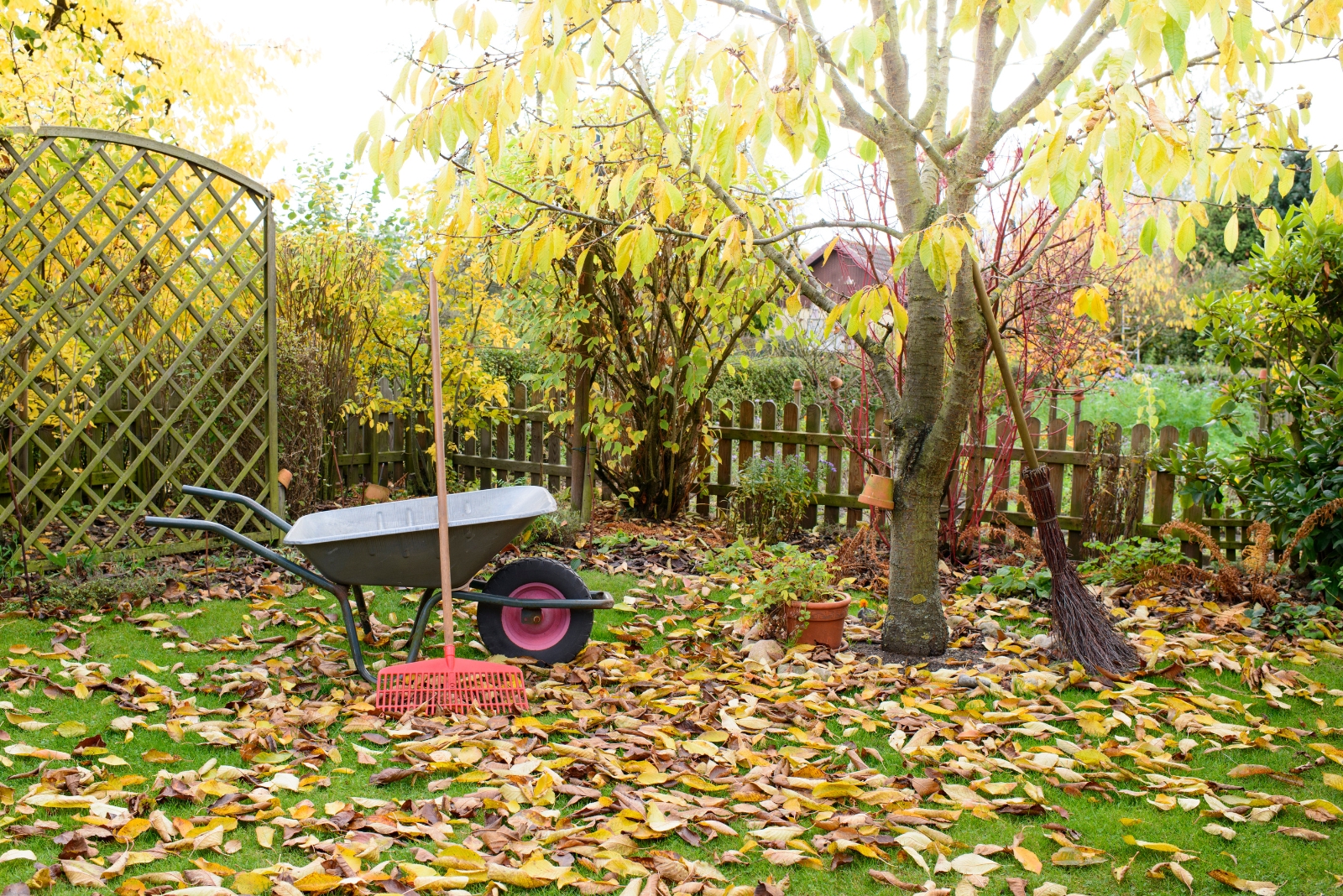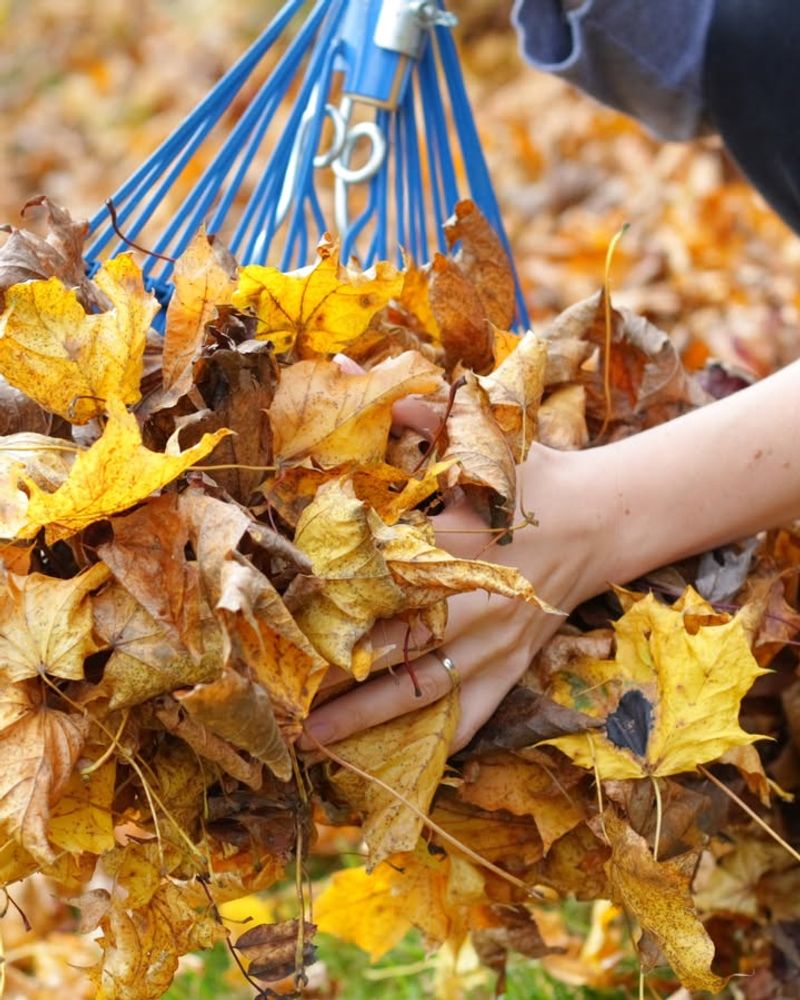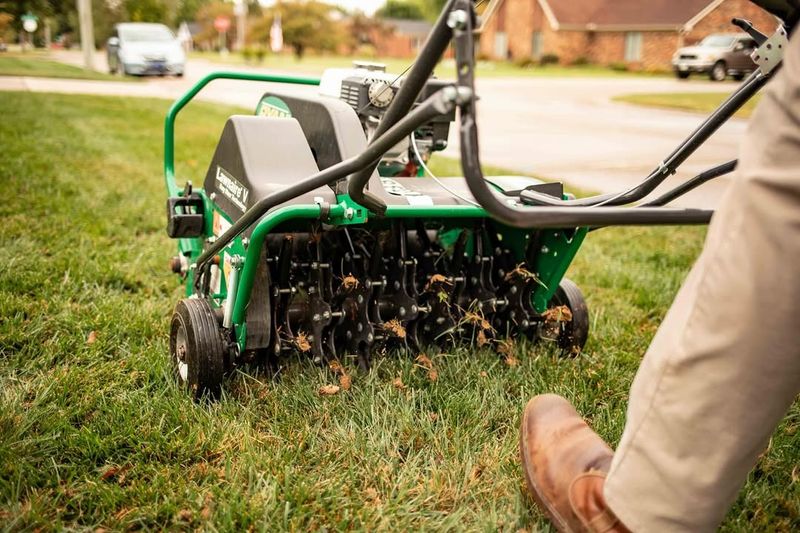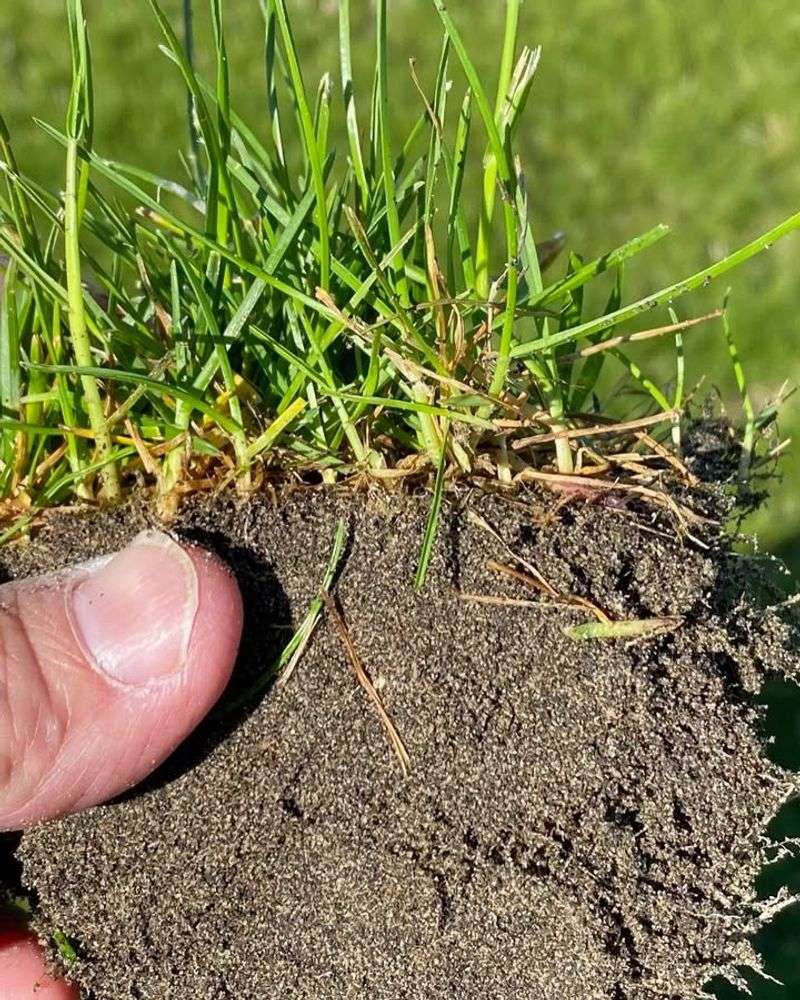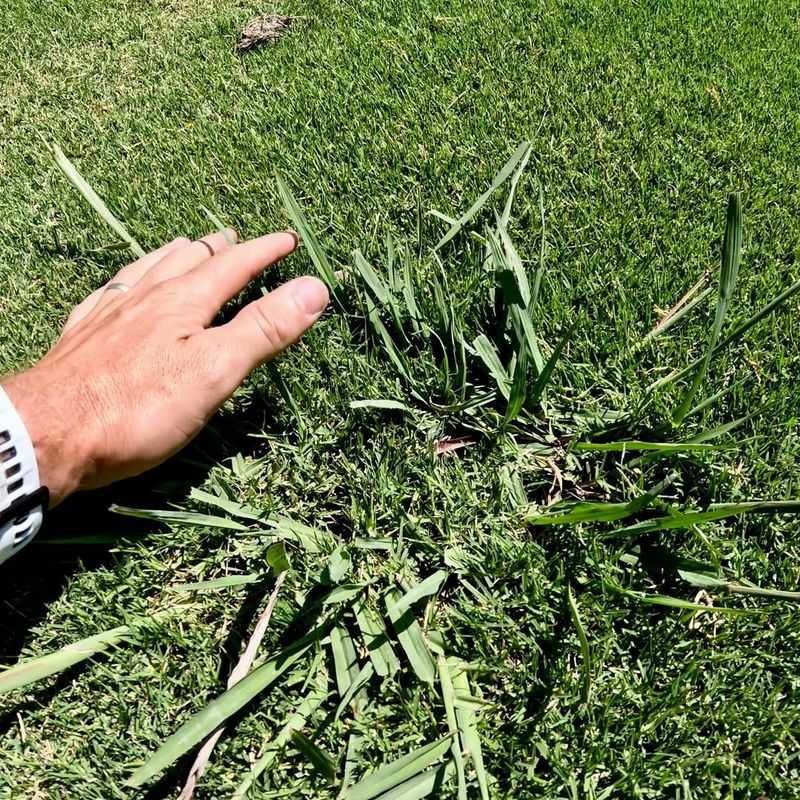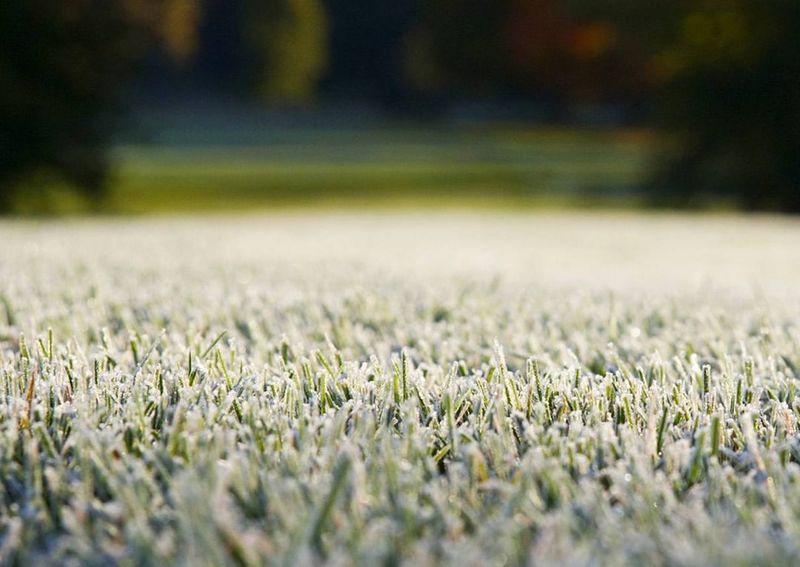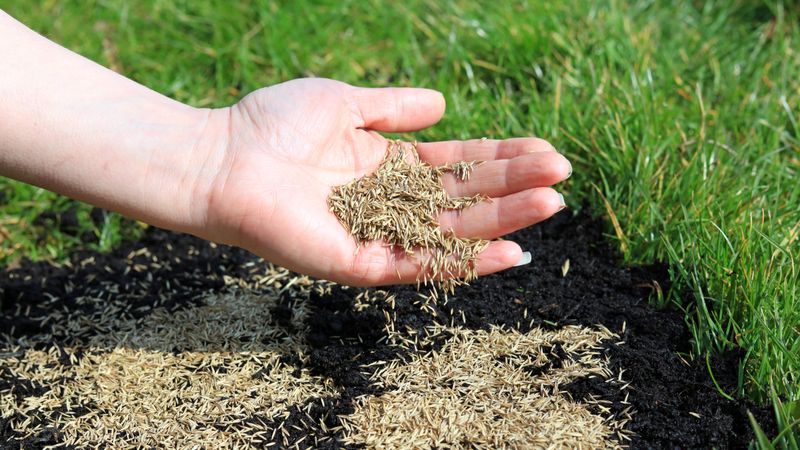A lawn doesn’t shout for help. It just gets thinner, duller, and patchier over time. In West Virginia’s fall season, small missteps in mowing, raking, and feeding can snowball into bigger problems by the time warm weather returns.
The difference between a struggling yard and a strong one starts now.
1. Mowing Too Short Before Winter
Cutting your grass extremely short before cold weather arrives might seem like a time-saver, but it actually weakens your West Virginia lawn significantly. Grass blades need enough length to photosynthesize and store energy for winter survival.
When you scalp the lawn, you expose the soil to harsh temperatures and reduce the root system’s ability to absorb nutrients. Aim for a final mowing height of about 2.5 to 3 inches to protect the crown and roots while preventing snow mold from developing underneath.
2. Ignoring Fallen Leaves On Grass
Those beautiful autumn leaves look picturesque on your West Virginia lawn, but leaving them there too long creates serious problems. A thick blanket of leaves blocks sunlight and traps moisture against the grass, creating perfect conditions for fungal diseases and suffocating your turf.
The grass underneath can turn yellow, thin out, or even die completely by spring. Rake or mulch leaves regularly throughout fall, or use a mulching mower to chop them into tiny pieces that decompose quickly and add nutrients back into the soil.
3. Skipping Fall Fertilization
Many people think fertilizing is only a spring activity, but fall feeding is actually more important for building strong, healthy grass. Cooler temperatures encourage root growth rather than blade growth, so nutrients go directly to strengthening the foundation of your lawn.
A quality fall fertilizer helps grass store carbohydrates for winter and promotes early green-up in spring. Apply a slow-release nitrogen fertilizer in late September or early October for best results in West Virginia’s climate.
4. Overwatering During Cool Weather
As temperatures drop, your lawn needs far less water than during summer’s heat. Continuing your summer watering schedule into fall leads to oversaturated soil, shallow roots, and increased disease risk.
Excess moisture combined with cooler temperatures creates an ideal environment for fungal infections like brown patch and dollar spot. Most West Virginia lawns receive adequate moisture from fall rains, so turn off irrigation systems unless you experience an unusually dry autumn period with less than an inch of rainfall weekly.
5. Forgetting To Aerate Compacted Soil
Heavy foot traffic, summer activities, and clay-rich West Virginia soil often lead to serious compaction that prevents water, air, and nutrients from reaching grass roots. Without aeration, your lawn struggles to absorb what it needs for healthy growth.
Fall is the perfect time to aerate cool-season grasses because they actively grow and recover quickly from the process. Rent a core aerator that removes soil plugs rather than just poking holes, and your lawn will breathe easier all winter long.
6. Planting The Wrong Grass Seed
Choosing grass varieties unsuited for West Virginia’s climate and elevation sets you up for disappointment and wasted money. Warm-season grasses won’t survive our cold winters, while some cool-season varieties struggle with our humidity and temperature swings.
Tall fescue, perennial ryegrass, and Kentucky bluegrass blends work best for most West Virginia yards. Read seed labels carefully and select varieties bred for transition zones with good disease resistance and drought tolerance for the best long-term success with your lawn.
7. Neglecting Weed Control In Fall
Fall is when perennial weeds like dandelions are actively storing energy in their roots for winter, making them extremely vulnerable to herbicides. Missing this opportunity means dealing with more vigorous weeds next spring.
Apply a broadleaf herbicide on a warm, calm fall day when temperatures are between 50 and 75 degrees for maximum effectiveness. The weed killer travels down to the roots, eliminating the entire plant rather than just the visible leaves, giving your West Virginia grass a competitive advantage when growth resumes.
8. Walking On Frosty Grass
Those crisp fall mornings when frost coats your lawn might look magical, but walking across frozen grass blades causes significant damage. Frozen grass is brittle and breaks easily under pressure, leaving brown footprints that persist for weeks.
The cellular structure of the grass blade ruptures when stepped on while frozen, creating entry points for diseases and permanent discoloration. Wait until the frost melts and grass thaws completely before walking on your West Virginia lawn, doing yard work, or allowing pets and children to play outside.
9. Ignoring Bare Patches Until Spring
Waiting until spring to address bare spots and thin areas gives weeds a head start and allows erosion to worsen over winter. Fall in West Virginia is actually the ideal time to repair damaged sections because cool temperatures and moisture promote rapid seed germination.
Scratch up bare areas with a rake, spread quality grass seed, cover lightly with topsoil or compost, and keep moist until germination. The new grass establishes strong roots before winter and emerges thick and healthy in spring, outcompeting weeds naturally.

